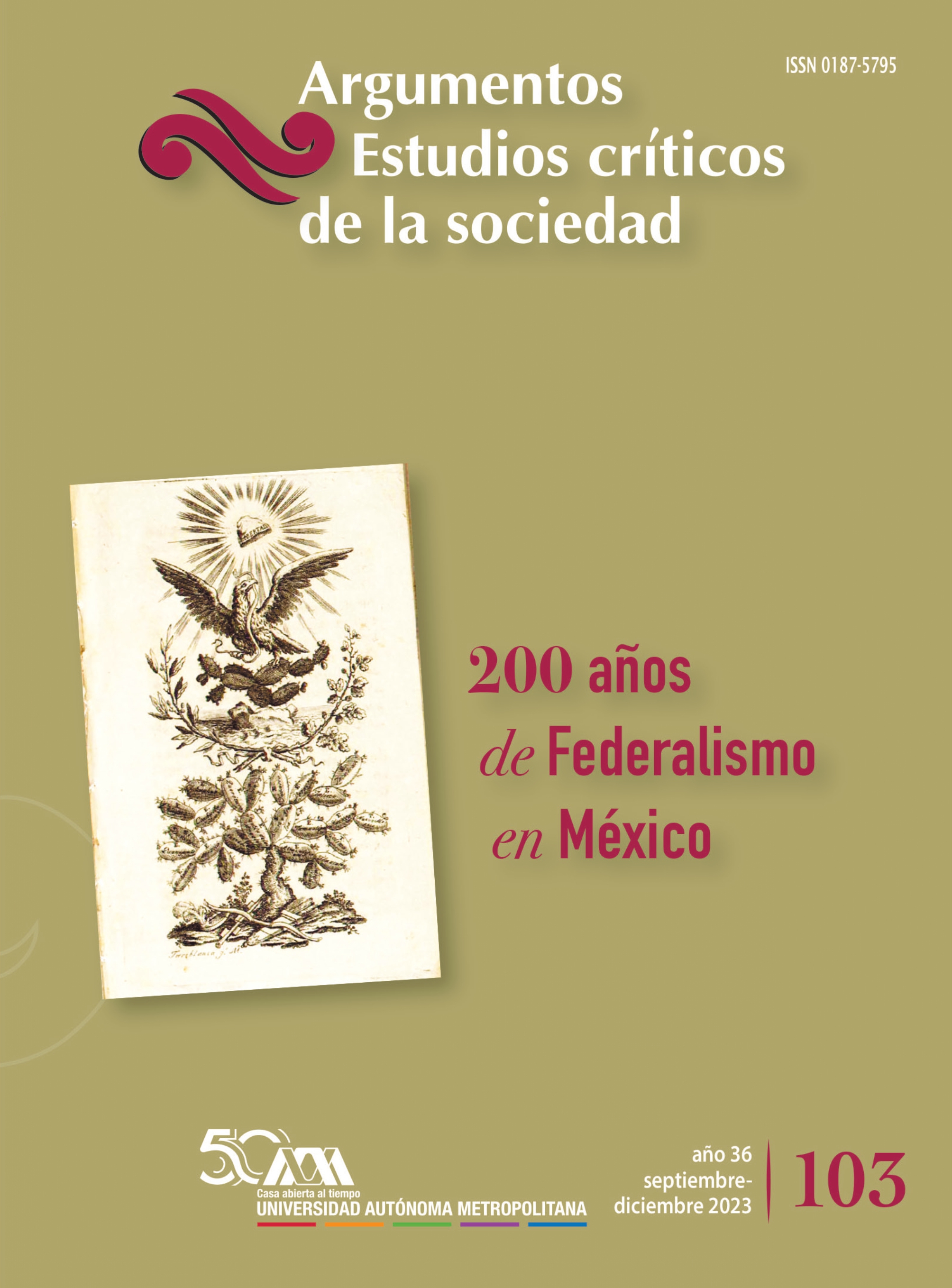César Vallejo y la vanguardia literaria
Abstract
Cesar Vallejo, undoubtedly, registers in the movement of literary Latin-American forefront, which years of bloom are located between(among) 1920-1930. The poet wrote his(her,your) second work, Trilce, in 1922 and to the date it is considered to be one of the most representative works of the forefront, in which a radical change is observed in the employment of the form, not only in relation with the literary production of his(her,your) immediate environment, but with regard to the first one of the same author, The black heralds, of romantic and modernist stamp. Nevertheless, Trilce is not a consequence of the events of forefront, but the promoter of this movement, since it constitutes an aesthetic unpublished project that radiated the emergent culture of the epoch both in Peru and in Latin America. The work, not only it(he,she) has new own(proper) characteristics of the forefront, but it(he,she) possesses exceptional features as for his(her,your) deep sense in the thematic treatment on which there are founded American, regional and indigenous elements with European influences.








